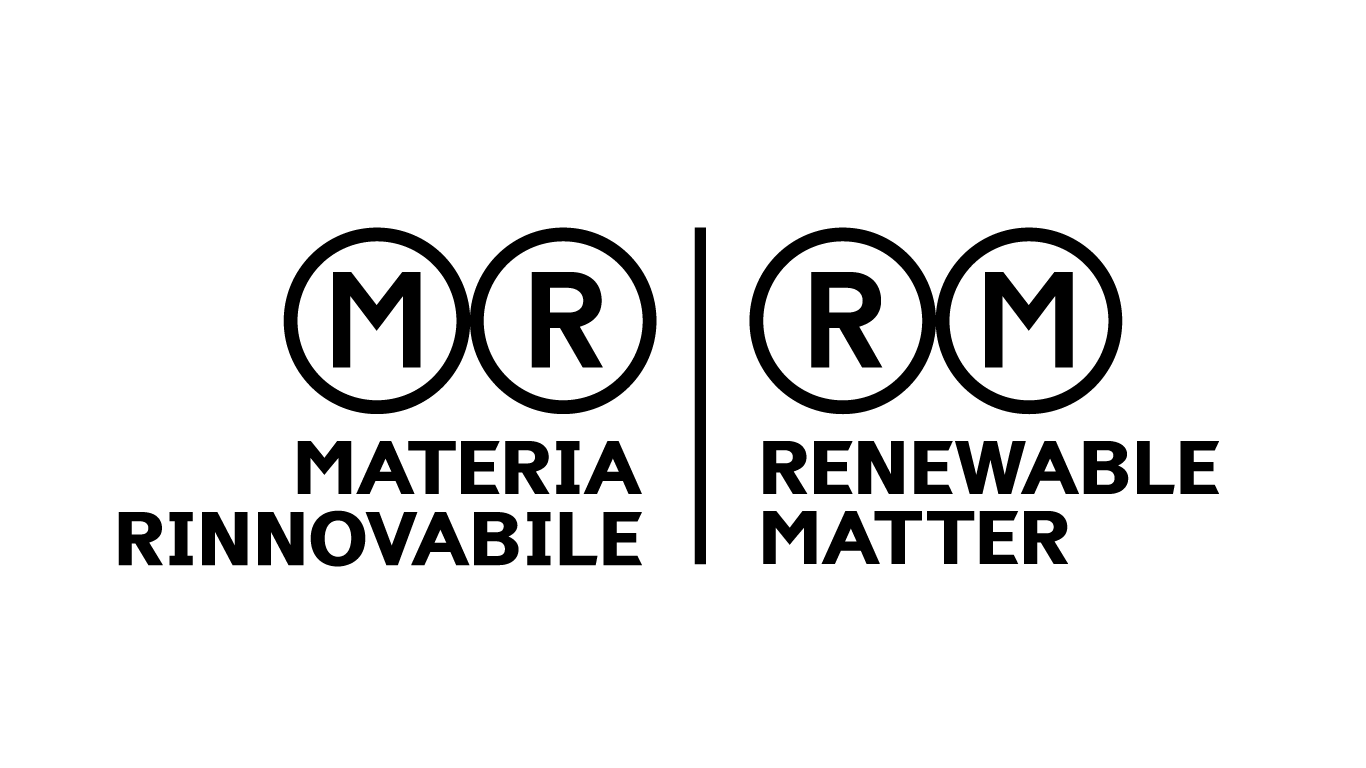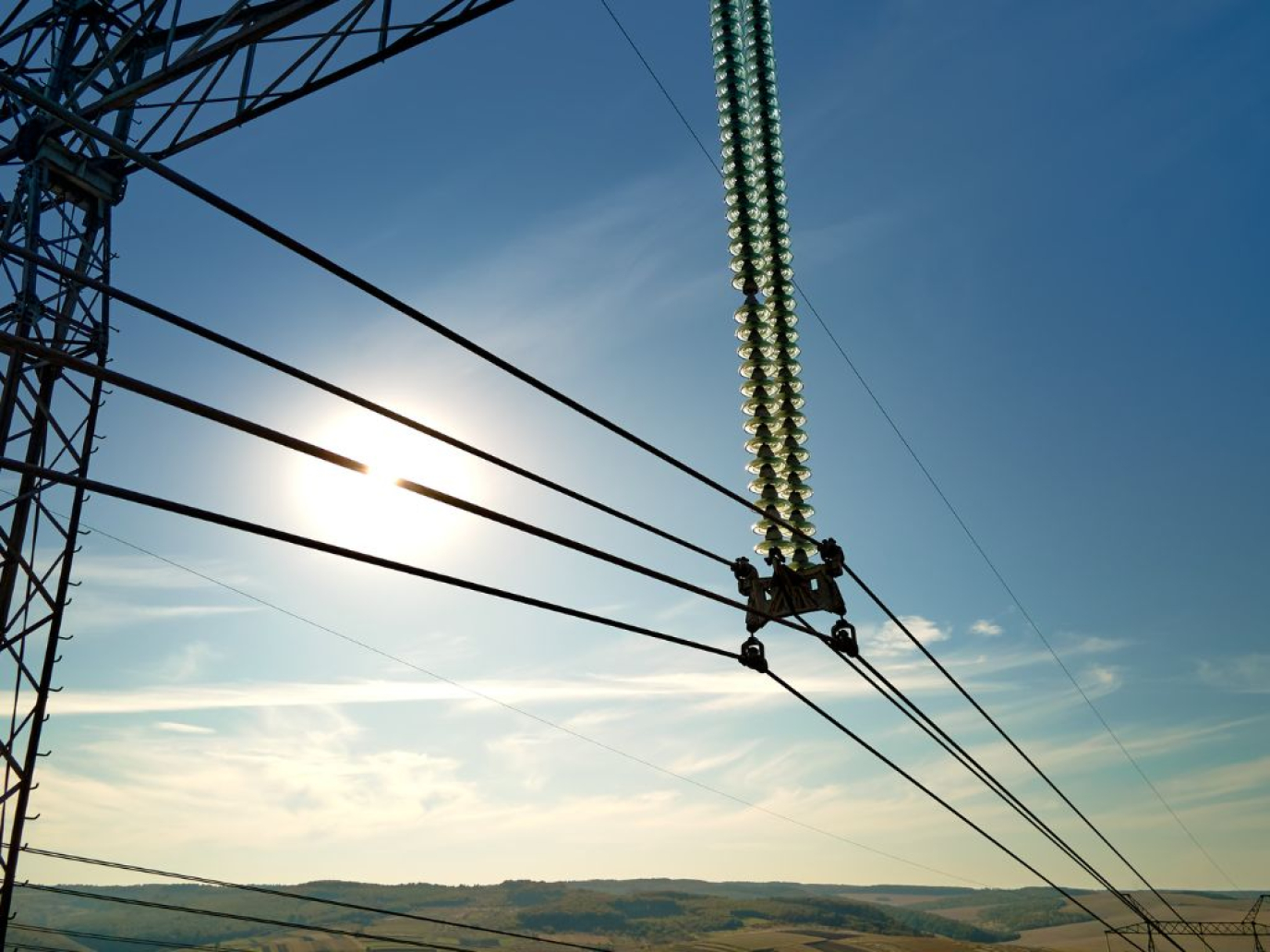Research Nester’s latest report, “U.S. Overhead Conductor Market: Supply & Demand Analysis, Growth Forecasts & Statistics Report 2025-2037,” offers a comprehensive evaluation of the evolving power transmission landscape in the United States. The report segments the market by conductor type, material composition, voltage level, and application, highlighting the influence of renewable energy deployment, infrastructure upgrades, and policy-backed investments in grid reliability. With a growing focus on decarbonization and electricity demand management, the report outlines the shifting dynamics driving investments in modern transmission line components across the U.S.
Infrastructure revamp and clean energy goals driving expansion
The U.S. overhead conductor market is developing, propelled by the replacement of aging grid infrastructure, increasing electricity demand, and the use of renewable energy sources. Urbanization and industrialization are driving investments in transmission and distribution lines, while government initiatives and grid upgrade investments are propelling the retirement of aged copper wires in favor of aluminum-based options. The expansion of electric vehicles and the need for reliable charging stations are also driving demand for high-capacity, effective conductors. Smart grid installations and intelligent monitoring technologies are also transforming grid operation, creating opportunities for next-generation conductor materials. As the U.S. transitions to cleaner energy and electrifies increasing numbers of industries, the market is poised for long-term development and growth.
Growth drivers and challenges
The market for transmission infrastructure is being propelled by several key growth drivers. One major factor is the expansion of renewable energy projects, which is creating a heightened demand for new transmission lines capable of delivering clean power efficiently across regions. Federal and state-level funding initiatives are further accelerating efforts to modernize the grid and improve its resilience. In addition, the need to replace aging conductors is becoming increasingly urgent, as utilities seek to enhance reliability and safety. This has led to a growing demand for high-capacity, thermally efficient conductor technologies that can handle greater loads while minimizing energy losses.
However, the industry faces a few challenges. Lengthy permitting processes and interconnection delays continue to slow project development timelines. The high upfront costs associated with advanced conductor materials also present a barrier for widespread adoption. Moreover, retrofitting existing infrastructure or working in remote locations often involves complex logistical hurdles. Finally, the variability in utility procurement cycles and the differences in regional regulatory frameworks further complicate planning and investment decisions for market players.
Market segmentation
The AAAC (All Aluminum Alloy Conductor) segment is anticipated to hold a 38.9% share in the U.S. overhead conductor market during the forecast period. AAAC conductors are increasingly becoming favored for their high strength-to-weight ratio, corrosion resistance, and high conductivity, and are well suited for both new grid installation and upgrading in mixed climates. Their lightweight reduces structural load and cost of installation, and they are useful for long-distance and rural electrification projects, especially. Utilities are also adopting AAAC to improve grid stability and reduce maintenance requirements, especially along coastlines and in high-humidity climates. Development in the segment is also driven by development in the transmission of renewable energy segment, where the efficiency and longevity of AAAC are critical. Ongoing innovation in alloy content enhances performance and service life, and AAAC is an emerging choice for the next-generation power grid.
Regional Synopsis
California is one of the primary states in the U.S. overhead conductor market as it has ambitious clean energy targets, a massive population, and vulnerability to severe weather. The proactive embrace of renewable energy integration by the state, along with wildfire mitigation, is prompting utilities to invest heavily in next-generation conductor technology that offers greater capacity and reliability. California's dense population of EV charging points and technology-driven urban centers contributes to the need for high-capacity, durable transmission lines. State-funded programs and regulations accelerate the replacement of aged lines with newer aluminum and AAAC conductors. The state leadership in adopting smart grids and grid hardening programs places it in the vanguard of innovation and best practices in the national market.
Key players operating in the U.S. overhead conductor market
U.S. overhead conductor market is highly competitive with leading players focusing on innovation, efficiency, and strategic partnerships to capture market share. Large players such as Southwire Company, LLC, CTC Global Corporation, Encore Wire Corporation, General Cable (now owned by Prysmian), Coleman Cable, Inc., American Wire Group, Erickson Electrical Equipment Co., Luvata Waterbury, Inc., MacCabe Electric Conductors, Inc., Gavitt Wire and Cable Co., Inc., and Erie Industrial Products are the key players. They are making investments in new materials, HTLS technology, and intelligent monitoring solutions due to shifting grid requirements. The market is also characterized by periodic product launches, cooperation with utilities, and a focus on sustainable production techniques. Competition is likely to be more intense as the U.S. grid modernizes and expands, driving technological innovation and market growth higher.
This article was originally published on Research Nester



